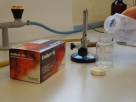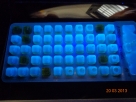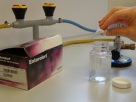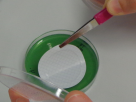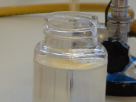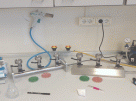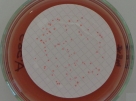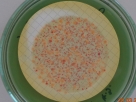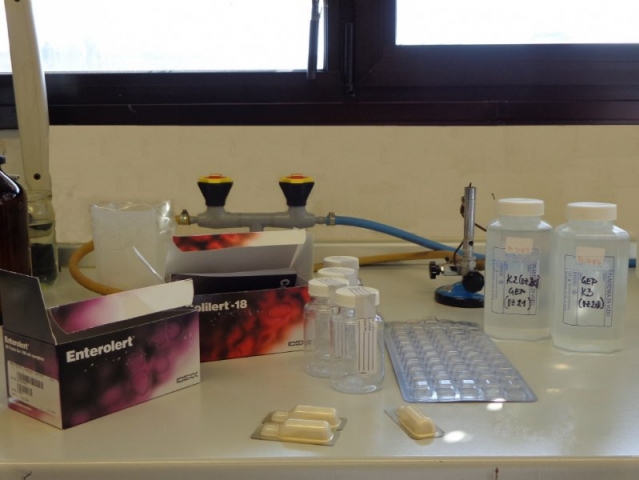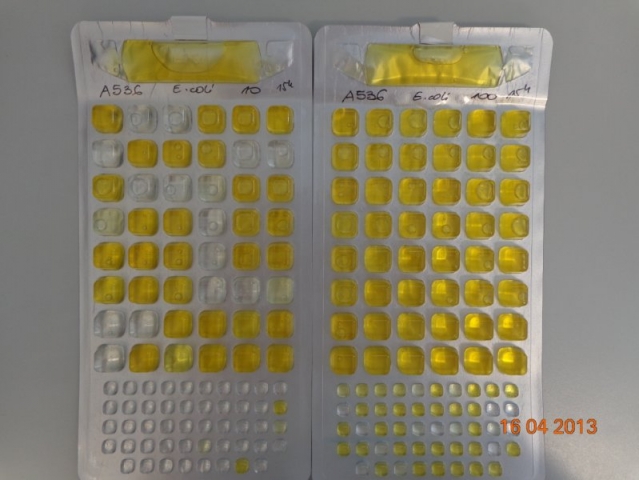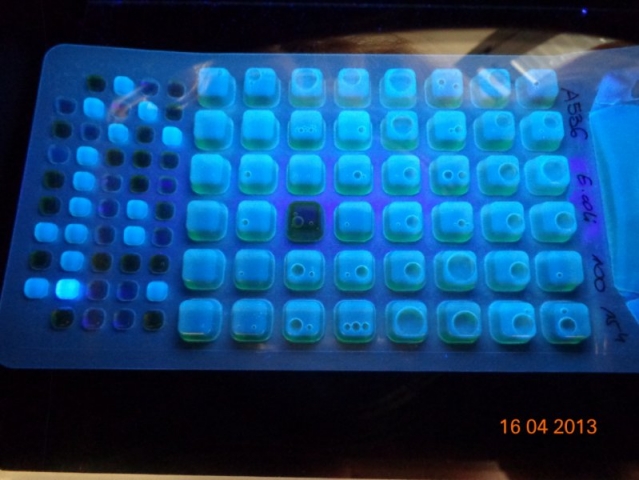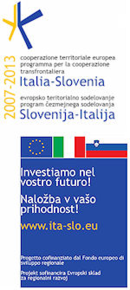Description of the Activity
The introduction of COLILERT and ENTEROLERT method for fast microbiological testing of waters.
Activities are entirely implemented by the NLZOH Nova Gorica.
Safe drinking water is what makes our life possible and it represents one of the fundamental conditions for human health.
Whenever encountering water, one has to be aware of the fact that its current function is only one part of the Water Cycle in nature.
Owing to increasingly frequent and acute consequences, the greatest attention is dedicated to microbiological parameters. When dealing with the microbiological quality of drinking water, the greatest risk to the health of people is posed by the faecal pollution of drinking water. Such pollution is established by checking the presence of bacteria indicating faecal pollution (E. coli and enterococci).
In order to speed up diagnostic procedures in cases of hazards posed to the sources of drinking water in cases of incidents and natural disasters, two fast methods – Colilert and Enterolert – were desired to be introduced by NLZOH Nova Gorica, and compared with the already established standard methods.
Within the work package 8, 30 samples of non-chlorinated drinking water and 30 samples of surface waters (rivers, streams) will be analysed in terms of their microbiological characteristics. The E.coli and coliform bacteria will be determined in all samples by means of a fast and reference method, and enterococci with a fast and reference method. Methods will be compared in accordance with the standard regulating comparative characteristics of microbiological methods.
By using the usual – reference microbiological methods, the results are usually achieved in 3 to 5 days. By using fast methods, the results are known in 18 to 24 hours which significantly contributes to a faster action and reaction in cases of hazards posed to the sources of drinking water and the health of residents.
Fast methods are based on the growth of a micro organism being looked for in a liquid cultivation and the calculation of the most probable number of micro organisms by using reference MPN tables. A determination of the micro organism being looked for is based on an expression of specific bacteria enzymes. The confirmation of results depends on the type of water and the purpose of the test. In case of routine tests positive holes need not to be confirmed. The
method is useful for all types of water, except for the sea water.
The method of membrane filtration is the most spread reference method for a routine determination of the presence and the number of the micro organism being looked for. It is based on the filtration of a sample of water and the incubation of the filter by using a selective cultivation. The determination of the micro organism being looked for is based on a specific enzyme activity.
The method is used for water disinfection and for waters with low level of micro organisms.
The introduction of the COLILERT and ENTEROLERT methods is urgent for fast reaction and activities of NLZOH Nova Gorica in cases of incidence and natural disaster.
Photo Gallery
Photograph source: Archive of NLZOH Nova Gorica, 2014




